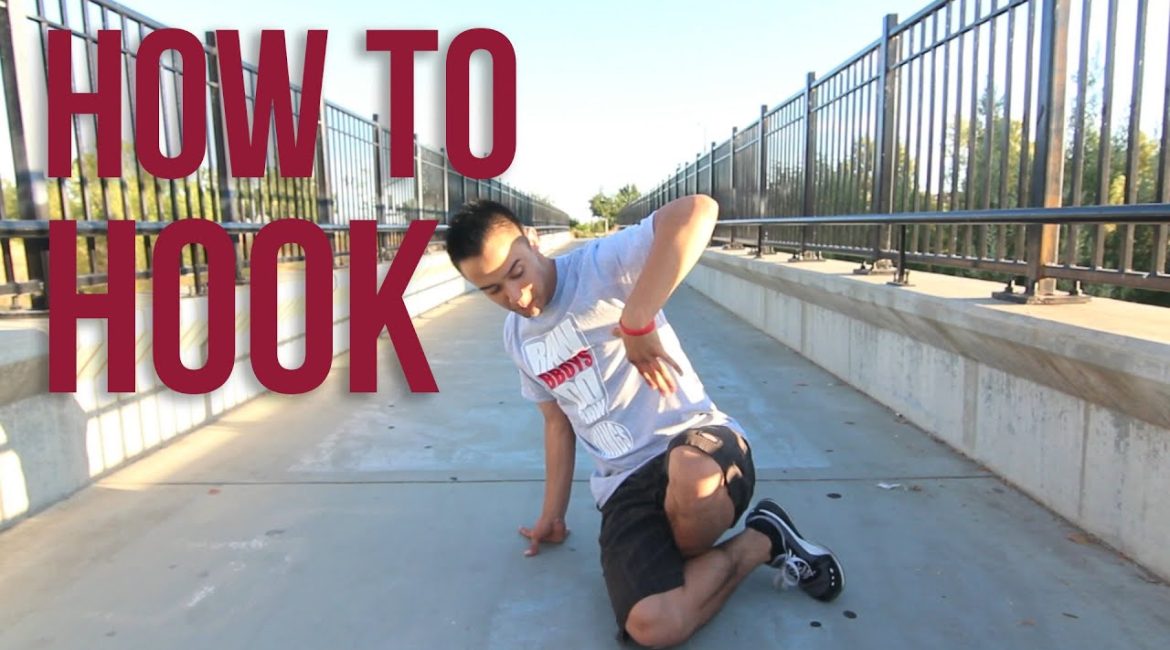Welcome to another essential lesson in the vibrant world of breakdancing. Today, we’re diving into a fundamental footwork move known as the “Hook.” While seemingly straightforward, thehook offers a plethora of opportunities to showcase personal style and creativity. It’s a versatile move that forms a bridge in your dance routines, connecting complex sequences and adding a smooth flow to your performance. Let’s break down the mechanics of this move and explore ways to add your own unique flavor to make it truly your own.
Footwork is a fundamental aspect of breakdancing, also known as breaking. It’s the rhythmic movement of the legs and feet while a b-boy or b-girl is in a low position, supported by their hands. Footwork can involve:
- Circular motions: These are foundational footwork patterns that create a continuous flow and expression.
- Straight and diagonal movements: These add variety and dimension to the footwork routines.
- Complex patterns: As breakers advance, they can develop intricate footwork that combines different movements and isolations.
Here are some common breakdancing footwork moves:
- 6-step: A basic foundational move that involves alternating leg movements in a six-step pattern.
- 3-step: Another fundamental move with variations.
- Shuffles: Sliding movements of the feet, often fast and intricate.
- Kick-outs: Kicking motions that add power and dynamics.
- CCs: Circular motions of the feet, often performed on the balls of the feet.
Understanding the Hook
The hook is a basic but pivotal footwork move in breakdancing. It involves tucking one leg under the other while maintaining a rhythmic flow. This move can serve as a transition into more complex patterns or as a stylish pause in your routine, providing a visual contrast to more dynamic moves.
Execution of the Hook
To perform a hook properly:
- Start Position: Begin in a standing position or from any footwork pattern you are transitioning from.
- The Movement: Sweep one leg under the bent knee of your other leg. For example, if you start with your right leg, sweep it under the bent knee of your left leg.
- Final Position: Tuck your sweeping leg closely around the standing leg, either at the ankle or just below the knee. The exact position can vary based on personal style and comfort.
Key Technique Points
- Keep it Clean: The beauty of thehook lies in its simplicity and execution. Ensure your movements are precise and your posture is controlled.
- Close Tuck: The closer you can tuck your sweeping leg to your standing leg, the cleaner and more professional the hook will look.
- Maintain Balance: Balance is crucial. The cleaner your balance, the smoother your transitions into and out of the hook.
Personalizing the Hook
What sets a great b-boy or b-girl apart is their ability to personalize basic moves. Here’s how you can add your own style to the hook and make it a signature part of your routine:
Experiment with Levels
- Height Variations: Play with different heights by bending lower or stretching taller as you execute the hook. Each level change adds a different dynamic to the move.
- Angles: Lean forward, backward, or sideways as you hook. Changing your angle can dramatically alter the visual impact of the move.
Creative Hand Placements
- Head, Hip, or Knee: Placing a hand on your head, hip, or knee while performing the hook can add a dramatic flair and expressiveness to the move.
- Back Placements: For a more laid-back or relaxed style, try placing your hand on the back of your head or on your lower back.
Incorporating Facial Expressions
- Express Yourself: Your facial expressions can communicate your dance style and mood. Whether it’s intense, playful, or relaxed, let your face tell a story that complements your moves.
Practicing the Hook
Drills to Enhance Your Hook
- Repetitions: Practice thehook repeatedly from both sides to gain fluency and muscle memory.
- Flow Integration: Practice transitioning into and out of the hook from various other footwork patterns like the six-step, sweeps, or top rocks.
- Speed Variations: Start slowly to ensure proper form and gradually increase your speed as you become more comfortable.
Challenges and Variations
- Sequence Building: Create a sequence of hooks alternating between left and right legs, mixing in other footwork between each hook.
- Combo Integration: Try integrating the hook into longer combinations, using it as a transitional move to add complexity and variety to your sets.
Conclusion
The hook is more than just a basic footwork move; it’s a canvas for expressing individuality. By mastering this move and infusing it with your personal style, you elevate your breakdancing from routine to remarkable. Remember, the nuances and personal touches are what will set you apart on the dance floor.
Keep practicing, exploring new ways to execute and enter into the hook, and most importantly, have fun with it. Each practice session is an opportunity to refine your style and express your unique personality through dance. So lace up, tune into your favorite breakbeats, and let the dance floor be your stage. Peace out and keep dancing!


Leave a reply